Sorry, Smokers. The Death Panels Were Real
I’m the sort of person who volunteers to fill out forms. It’s a bizarre personality trait, but one of the few things I can offer to the people I like. So, when a couple of our good friends admitted they were procrastinating getting health insurance, I piped up and offered my help in enrolling them under the Affordable Care Act. They seemed startled by my enthusiasm. Like I said, most people don’t jump at the idea of government questionnaires. But they admitted they could use my help. And so, a couple days later, I walked over to their house and logged them on to the website.
Everything seemed to be going smoothly. They had their income information at hand, and we breezed through the first few steps of the process. When the website returned their eligibility for a premium tax credit, I felt triumphant. They would get a sizable chunk of money reduced from their monthly premiums. For a moment, it all seemed perfect.
Until the next page, where the website asked about tobacco use.
“Oh no,” I couldn’t resist saying out loud. My friends looked over at me, concerned, as they stubbed out their cigarettes. “I think this could be bad.”
I hesitated, and then typed into the form that they were current tobacco users.
And that was the rub.
Despite what had seemed like a fantastic subsidy from the government, their premiums would still amount to nearly $7,000 a year for the cheapest plan. And they would get no co-pay, no co-insurance. They wouldn’t get any help from their insurance at all until they had paid a $12,000 yearly deductible. The next cheapest plan added $3,000 to their yearly cost and barely reduced the deductible at all. To get halfway decent coverage, they would pay over $20,000 a year in premiums.
I felt awful. Here, I’d been such a cheerleader for the ACA. I had told them so many times how cheaply we got healthcare. That our premiums were low and, even better, our deductibles were reasonable, with minimal co-pays for doctor visits, etc. Affordable Care had treated us well. But, I hadn’t known–thanks to a loophole in the law, and the cigarettes in their hands, our good friends were screwed.
Needless to say, they didn’t buy insurance.
I began looking up the exemptions from the yearly tax penalty–$325 per person this year–for not having insurance. And it turns out that, if the lowest premium offered to you is still more than 8% of your yearly income, you don’t have to pay the penalty. A relief, I’m sure, to my friends, who would have been paying nearly 20% of their income for the cheapest plan. But not as great a relief as having affordable insurance would have been.
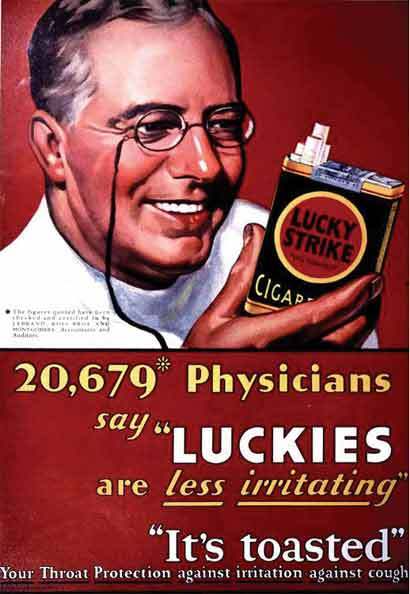 When the Affordable Care Act was passed in 2010, many believed it would be a drain on the federal budget and on the insurance markets. By forcing insurers to give the same premiums to everyone of the same age and location, regardless of gender or pre-existing condition, the bill prompted fears that paying the medical bills of the seriously ill would cause massive premium hikes on able-bodied applicants. To assuage those fears, the bill contained an exception: the one factor insurance companies could take into account to raise premiums would be tobacco use. The companies could raise premiums by as much as 50% on smokers, and their federal subsidies wouldn’t pay for any of that 50% hike.
When the Affordable Care Act was passed in 2010, many believed it would be a drain on the federal budget and on the insurance markets. By forcing insurers to give the same premiums to everyone of the same age and location, regardless of gender or pre-existing condition, the bill prompted fears that paying the medical bills of the seriously ill would cause massive premium hikes on able-bodied applicants. To assuage those fears, the bill contained an exception: the one factor insurance companies could take into account to raise premiums would be tobacco use. The companies could raise premiums by as much as 50% on smokers, and their federal subsidies wouldn’t pay for any of that 50% hike.
Not every state allows that 50% charge, mind you. Seven states, and the District of Columbia, don’t allow insurers to charge smokers extra. Three other states—Arkansas, Colorado, and Kentucky—have set the surcharges lower than 50%, (though Kentucky insurers can still add 40%.) But that leaves 45 other states where smokers face the full penalty.
There is a logic to this policy, of course. Smokers get sick more often than non-smokers. By limiting the pool of covered Americans to non-smokers, and those smokers who opt to pay out the nose for coverage, the insurance companies save money. And they don’t raise their premiums on the rest of us. As for the unfortunate smokers, (the rest of the population might think,) it’s their own fault when they get sick, so those folks can just suffer the consequences.
It sounds cruel, doesn’t it, to just abandon smokers to ridiculously high premiums or to no insurance at all? But the writers of the ACA weren’t as heartless as you might think: tobacco use is disproportionately concentrated among the poor. And by expanding Medicaid to all adults making under 138% of the poverty line, the law’s writers intended to provide free healthcare to many, if not all, of the country’s poverty-stricken smokers. The real cruelty came after the law the passed, when states were allowed to exempt themselves from expanding Medicaid, and millions of people were left with no option for health insurance at all.
But even if every state had expanded Medicaid, any smoker making more than 138% of the poverty level would still have been left in the lurch. Among them, my friends. And those folks still face the uncertain future that the law was meant to have prevented, where all preventative care is off the table. Where illnesses are self-diagnosed and self-treated, using over the counter medications. And any accident or sudden symptom might be the one that dooms you to bankruptcy.
There’s something deeply cynical about the deliberate exclusion of tobacco users from all the healthcare law’s benefits. The purpose was to expand affordable coverage to everyone, after all. Not only to those who we feel deserve it. Not only to people who haven’t, in some way, contributed to their own health problems. After all, practically everyone would meet that criteria. Anyone who drinks too much, or eats too much, or plays professional football, could be contributing to a future illness. But the purpose of the ACA was to keep health insurance companies from punishing people for their poor health. In the past, the lack of affordable insurance doomed the unlucky and the unhealthy to, at best, medical bankruptcies and, at worst, death. The ACA was written to free us from that Darwinian system. And, for most, it has. But not for the one tar-stained group on the margins. Ironically, that group of modern-day lepers would be better covered if they did in fact have leprosy, and not an addiction to tobacco.
The Wages of Slim
One of the most popular axioms of nutrition these days is: “Don’t eat anything your great-grandmother wouldn’t recognize as food.” The statement comes courtesy of culinary guru Michael Pollan, and while foodies can argue over the question of elitism, or whether your great-grandmother fits into increased multiculturalism, or what have you, it’s hard to disagree with the fundamental premise that there is, on the one hand, “food,” generally made in the home from a medley of recognizable ingredients, and then there is “edible non-food stuff,” generally consisting of cheese-like substances, corn syrup, and Red Dye 40. The former, of course, is what we should be eating. The latter, not so much. But the mantra of “eat like somebody’s great-grandmother” isn’t terribly sexy, is it? And how does it fit into notions of “increasing market share” and “boosting promotional branding?” Much easier for the food companies to have a nice shorthand enemy of health, like fat has been for 30 years—or gluten, for that bizarre tenure recently. Yes, 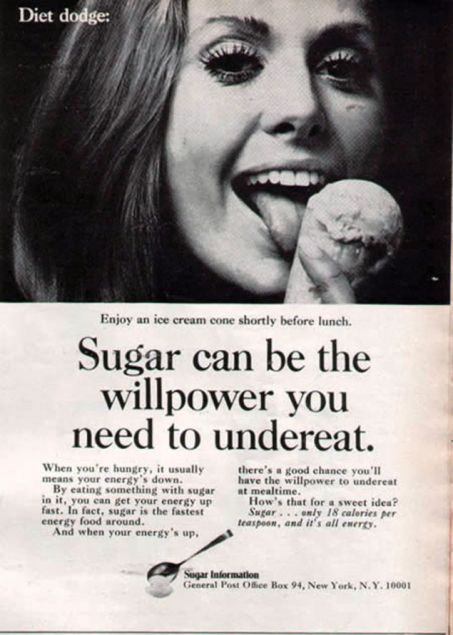 the age of the newest food enemy is upon us, and it’s an ingredient my great-grandmother loved to bits: sugar.
the age of the newest food enemy is upon us, and it’s an ingredient my great-grandmother loved to bits: sugar.
The war cries are all around us:
Sugar is “toxic”
Sugar is “evil”
You should probably go on a Sugar “Rehab”or a Sugar “Detox”
But, amidst the hysteria, it’s difficult to figure out exactly how much sugar we’re eating. Many articles repeat the claim that the average American now eats something like 22 teaspoons of sugar per day. Assuming there are around 100 teaspoons in a pound of sugar, that should mean we eat around 81 pounds of sugar each year. But you’ll also read that we eat “17 four-pound bags of sugar per person per year,” which sounds hefty but amounts to a lighter 68 pounds. Regardless, it’s a lot of sugar, right? And many of the articles will point out that, in 1822, American’s only ate around 6 pounds of sugar a year. And that sounds like a terrifying disparity—6 pounds to 80 pounds. No wonder this country’s going to hell in a handbasket, yeah? We’re sugar-eating fiends. But few of those articles also mention that sugar consumption is down significantly from its peak, in 1999, of 107 pounds. Or that your much loved great-grandmother, back in 1900, ate something like 90 pounds. What would she think of your paltry 68 pounds of sugar? She’d probably give you another piece of pie.
It’s hard to argue a positive case for sugar. In truth, a lot of the crap we eat these days (pre-packaged and vacuum sealed) is filled with the stuff. I can only assume that’s because sugar tastes good and the other primary ingredients—cardboard and fizz—don’t. And no one should be arguing that there’s any good in eating pre-packaged snack foods. Not, mind you, because they contain sugar, but because they’re garbage. And there are likely good arguments to be made about the prevalence of corn syrup, which may or may not be metabolized like other sugars. And whether we should be as jealous of great-grandma’s eating habits as we are of her daily exercise—which, let’s face it, we’re never going to match.
But to focus on sugar is to avoid the more important issue: many Americans don’t eat real food. Likely due to our ridiculous work hours, and the lack of affordable childcare or household help, we take shortcuts. And those shortcuts tend to fall under the subheadings of battered, cheezy, crispy, or sugary. Getting Americans to drop those shortcuts will likely take a much larger societal reckoning over our obsession with work, our low wages, and our lacking public services. That’s the real “toxicity” at the core of our diets, and our lives. Sugar’s only a scapegoat.
We shouldn’t be looking at our dinner tables as a battle between good and evil. Sugar isn’t a sin. It’s food. It shouldn’t be the only thing you eat, but it shouldn’t be a Scarlet Letter of immorality either. Reducing your consumption probably won’t hurt you, but keep in mind how ridiculous the anti-fat 80s and 90s look to today’s eyes. So, don’t go on a “Sugar Detox.” Just eat food. Real food. And hey! Why not a slice of your great-grandmother’s pie?
Tonya Stiles is Co-Publisher of the Canyon Country Zephyr.
To read the PDF version of this article, click here.
To comment, scroll to the bottom of the page.
Don’t forget the Zephyr ads! All links are hot!


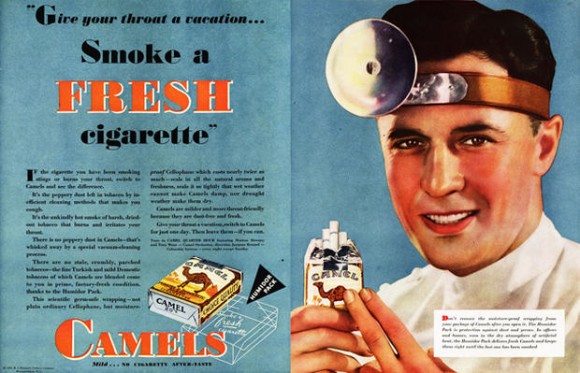
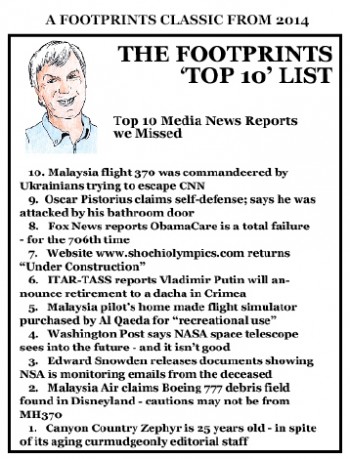



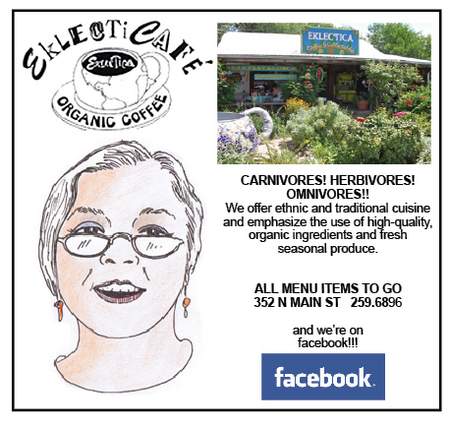


Remember the no one died meme from the tobacco industry. Same applies here.http://agreenroad.blogspot.com/2015/04/no-one-died-how-nuclear-industry-gets.html?m=1
More truthiness here. Moab. A U mill belching in its heart. Nuc frack up in the headwaters of colorado river in Parachute and rifle in 1969 and 1971. Part of Moab was in the weather pattern that delivered nuclear fallout from nevada nuclear bomb testing in the fifties and sixties. Moab is a downwinder town like St George. Moab was also home to a Japanese internment camp during WWII. Thank Ed teller for contaminating Co. River. A fine young man arlo died of cancer from that river. I was in a hospital in gj with 30 other little kid with cancer and leukemia in the early 60s. god bless doc mayberry and annette greenberg who passed way too soon from lung cancer in moab and the many others who have perished from a similar fate and continue to do so.
Thanks you scummy dog conman ed teller for what you have reaped.
http://www.counterpunch.org/2016/01/22/fukushima-mon-amour-2/
do you all know the documentary film “merchants of doubt”? if you and jim haven’t seen it, i think you would find it very interesting! it’s by robert kenner, and distributed by sony picture classics
Hey Suzie. Thank for that reference. Merchants of death is excellent!Until Fukushima chernobyl was the greatest nuclear catastrophe in history. At fukushima 3 meltdowns still going on. By chernobyl, in Belarus, a country of 10 million, where most of the fallout from fukushima went, 85 percent of the children have epigenetic heart
malformations from mutations from the nuclear radiation of chernobyl.
http://www.chernobyl-international.com/about-chernobyl/facts-and-figures
Nuclear energy is very fossil fuel intensive and has one of the largest carbon foot prints from mining, processing, shipping uranium and other dangerous radionucleides and waste. There is no safe place to put the hundreds of thousands of tons of nuclear waste generated yearly or the milions that have to be stored in water cooled reactors like at fukushima where thousand of tons of spent plutonium waste just vaporized into earths atmosphere when the three active reactors blewup and melted down.
There have been other meltdowns in the US at Santa Susana, In Idaho, at 3 mile island and all over the world.
Majia Nadeson has some strong proof that the exponential rise in Autism in the Uniyed States, now 1 in 60, is related to the thpusands of open air tests and underground tests in the us, all the accumulated nuke waste, and the current nuke plants of 100 or so.
http://adabooks.net/book/Za6dE4jBHeIC/Constructing-Autism
Here is an excellent short video From Majia
https://youtu.be/d6vkDwOpTl0
Here is more info
http://nuclear-news.net/2015/12/30/page/2/